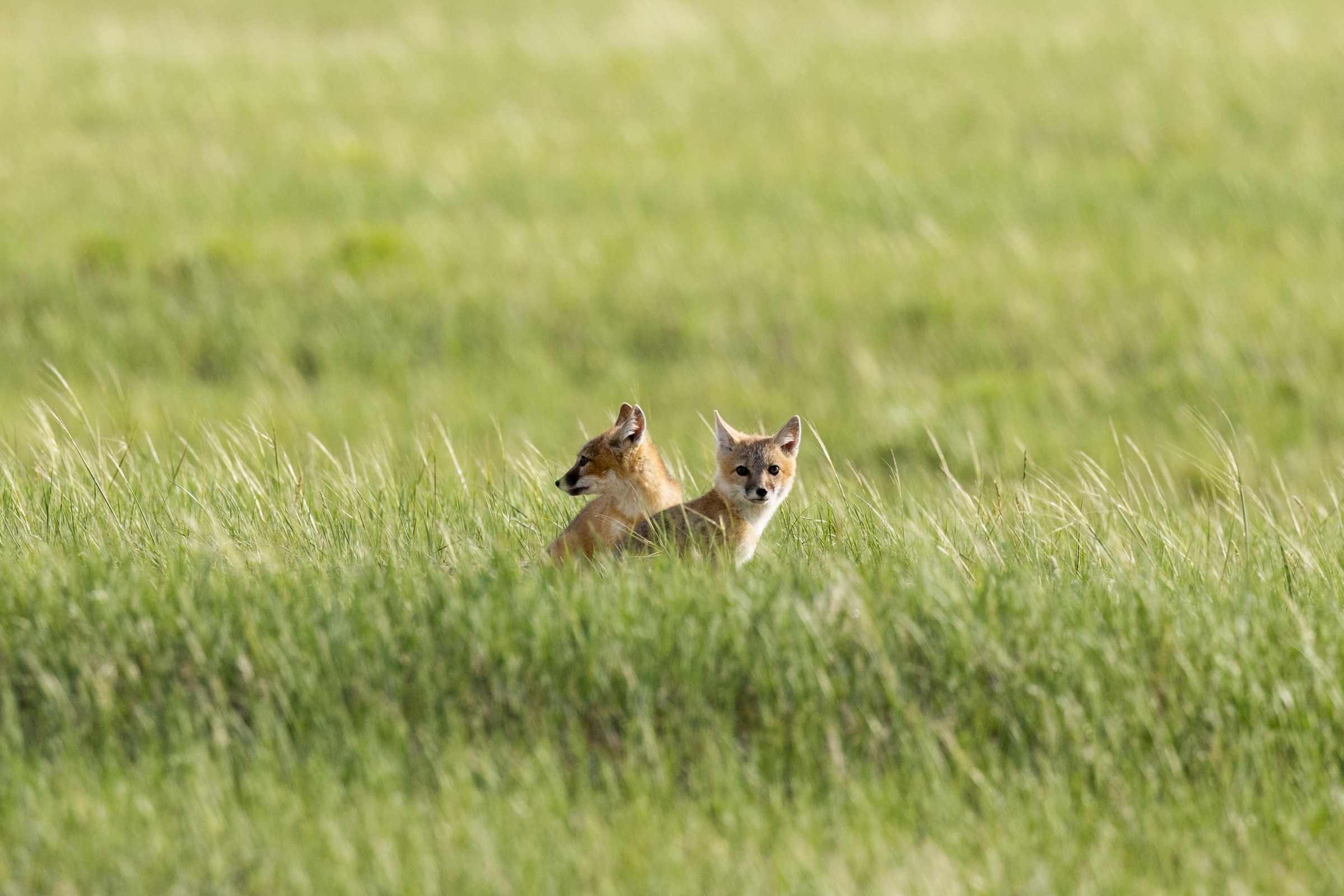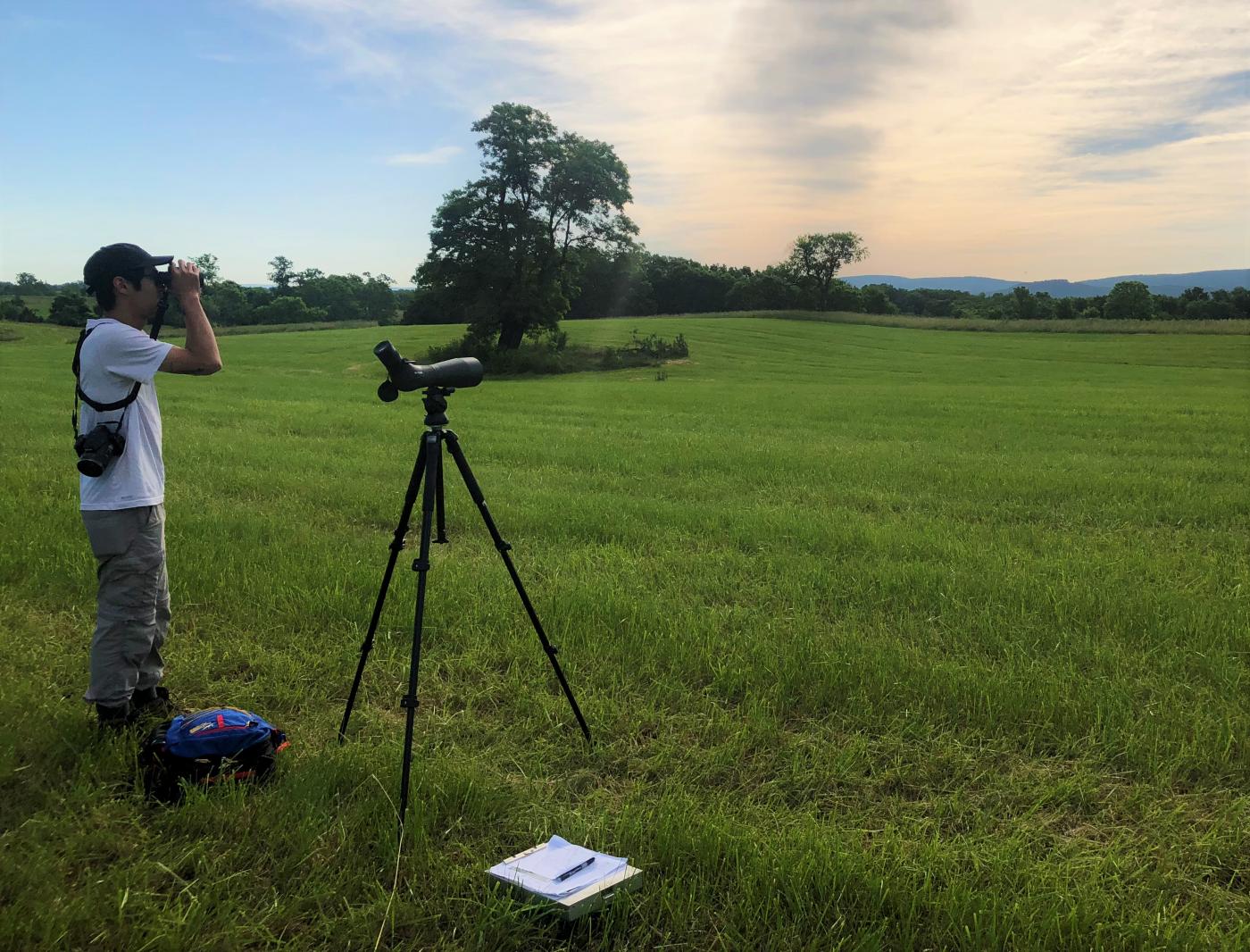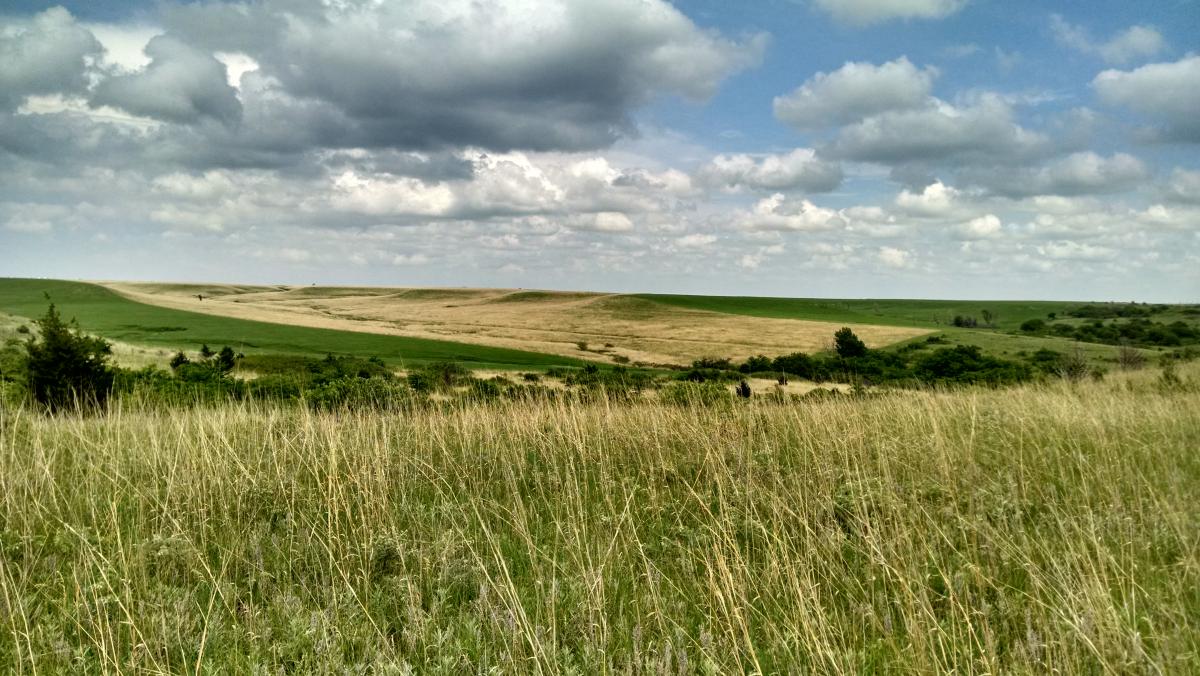Grasslands are everywhere—here are four things you should know about them

Swift foxes are among the many species that rely on healthy grassland ecosystems. Image: Roshan Patel, Smithsonian National Zoo and Conservation Biology Institute
From the savannas of Sub-Saharan Africa to the prairies of the Northern Great Plains and cool temperate steppes, about 40 percent of the Earth’s landmass is covered with grasses. These grasslands host a variety of animals, plants, microbes, and human communities that depend on each other for survival and prosperity. Here are four facts about grasslands that we bet you didn’t know.
Grasses Are Everywhere

Grasses can be found on every continent. They dominate many open habitats, from arctic tundra and alpine to steppes, prairies, and tropical savannas to deserts, salt pans, and high mountains all around our planet. Many species can also be found in forests, woodlands, and jungles. The grass family includes over 11,500 accepted species, and some grass scientists estimate there are as many as 13,000 species.
The family includes many species that serve a variety of uses for human beings. Grains and sugars of barley, rye, wheat, oats, millets, sorghums, sugarcane, corn (or maize), tef, and rice, are food staples around the world and provide us with popular beverages. Many grasses are cultivated for human consumption, and wild grasses provide food for wildlife and domestic livestock. Woody bamboos—yes, bamboo is a grass—provide structural and ornamental uses and certain animals, such as giant pandas, eat the young shoots. Many turf and ornamental grasses grace our landscapes. Some provide biofuels and pulp for paper.
Scientists at the National Museum of Natural History and around the world continue to refine how grasses are classified and investigate the evolutionary relationships among species to better understand their role in global ecosystems now and in the future.
Grasses and Bison Work Well Together

A study published in 2022 found that restoring bison to Tribal lands throughout the Northern Great Plains can help restore the prairie ecosystem while improving the long-running issue of food insecurity and food sovereignty for Native Nations. It may also help to mitigate adverse impacts to traditional agricultural systems due to climate change.
More than 30 million bison once roamed North America. As a major source of meat and hides in the United States, bison formed the basis of the economy for numerous Plains Indian societies. In the late 19th century, the U.S. government encouraged mass hunting of bison in an organized effort to destroy the livelihood of Plains Indians. By the late 1800s, fewer than 1,000 bison were left and all Plains Indians were forced onto reservations, made possible in large part due to the disappearance of bison, their primary food source.
Bison also once played a critical supporting role in the local ecosystem. As large plant eaters, bison create landscape diversity through grazing, trampling, and wallowing (rolling on the ground), which helps support hundreds of prairie animals—from the prairie dog to the pronghorn.
Today, thanks in part to the Smithsonian’s efforts in collaboration with Native Nations, approximately 400,000 bison live in the Great Plains. These bison restore a traditional food source to Native Nations and will help secure their food security in the long term. In fact, because they can adapt to a variety of conditions, bison are more resilient to a wider range of management systems and climates than cattle. Bison are tolerant of extreme heat and respond to warming and drought by changing their diet and losing body mass. They seek shade and water less frequently than cattle.
Through proper management, bison can serve both as a central commodity for Native Nations and as a central component of a healthy prairie ecosystem.
Grasslands Are Resilient…to a Point

Since the first Homo sapiens emerged in Africa roughly 300,000 years ago, grasslands have sustained humanity and thousands of other species. But today, those grasslands are shifting beneath our feet. Global change—which includes climate change, pollution, and other widespread environmental alterations—is transforming the plant species growing in grasslands, and not always in the ways scientists expect.
A few years ago, researchers at the Smithsonian Environmental Research Center published a meta-analysis (an analysis of a set of research papers), offering some of the most comprehensive evidence to date on how human activities are changing grassland plants. They found that grasslands can be surprisingly tough—to a point.
Each study exposed grasslands to an environmental pressure of some kind, such as increased carbon dioxide or hotter temperatures. In general, grasslands resisted the effects of global change for the first decade of exposure. But once they hit the 10-year mark, their species began to shift. In some cases, the grasslands didn’t die out, but their identities completely changed. For example, in half the plots where individual plant species changed, the total amount of species remained the same. In some of those plots, nearly all the species had changed.
What does this all mean?
“[Grasslands] are changing slowly enough that we can prevent catastrophic changes in the future,” said Kim Komatsu, a former senior scientist at SERC and lead author on the paper. However, the accelerating pace of climate change is starting to catch up with the experiments. “Global change is happening on a scale that's bigger than the experiments we're doing…The effects that we would expect through our experimental results, we're starting to see those effects occurring naturally.”
Grasses and Fences Don’t Make Good Neighbors

The old saying “good fences make good neighbors” doesn’t quite work when you live among white-bearded wildebeests in the savanna grasslands of Kenya and Tanzania. There, fences can make life more difficult for your ungulate neighbors.
Regarded as an ecological keystone, wildebeest impact nearly every aspect of savanna grassland ecology. Wildebeest also form the foundation for a robust tourism industry, especially in Kenya and Tanzania, with hundreds of thousands of visitors returning annually to observe the impressive spectacle of mass migration.
But in Kenya, for example, as individuals have bought up land, they’ve put up fences, a practice that fragments the landscape and limits the ability of animals to move. This is particularly important in an ecosystem with very little water, where animals must move between seasonally available food resources to meet daily dietary requirements. And what do wildebeest primarily eat? That’s right—grass. With a collection of international partners, the Smithsonian’s National Zoo and Conservation Biology Institute, through the Smithsonian’s Movement of Life program, is using GPS tracking devices and drones to capture movement data from wildebeests and investigate how they respond to threats across this ecosystem, including fences. These data could ultimately inform new practices to clear wildebeest’s natural routes and protect the species, and therefore preserve the savanna ecosystem.
